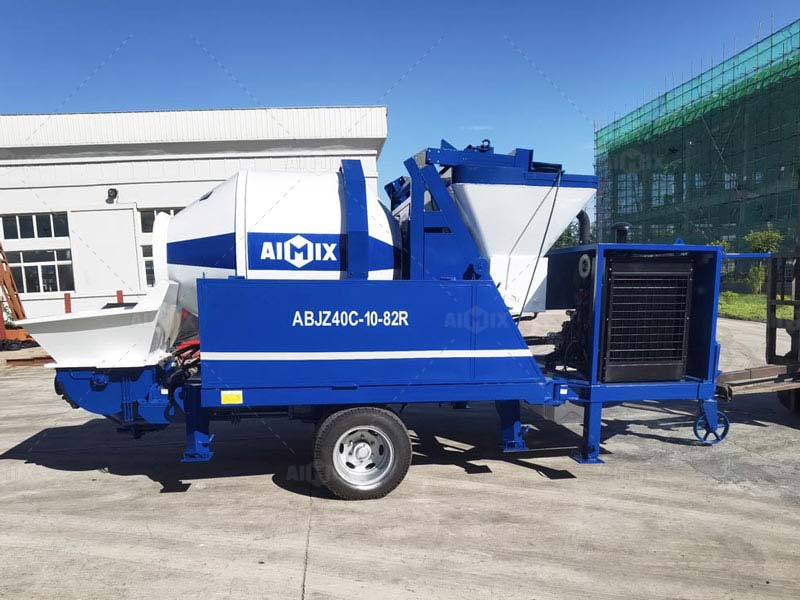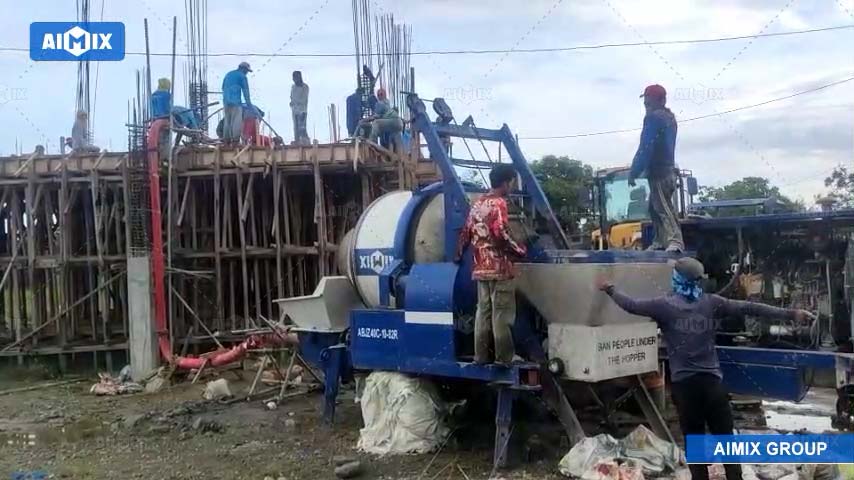Investing in a concrete pump can significantly enhance the efficiency and profitability of construction operations. However, understanding the return on investment (ROI) is crucial to making an informed decision. Calculating ROI involves analyzing various factors, including the initial investment cost, operating expenses, revenue generation, and the overall economic environment. This article provides a detailed examination of these elements to help businesses determine how long it takes for a concrete pump investment to pay off.
Initial Investment and Operating Costs
Initial Purchase Price
The initial cost of acquiring a concrete pump is a significant factor in calculating ROI. This cost varies based on the type, size, and brand of the pump. High-end models with advanced features typically command higher concrete mixer pump price but may offer better performance and longevity. Additionally, businesses should consider any ancillary equipment and accessories required to operate the pump effectively.
Maintenance and Repair Costs
Maintaining a concrete pump is essential to ensure its longevity and optimal performance. Regular maintenance, including lubrication, part replacement, and system checks, incurs ongoing costs. Moreover, unexpected repairs can also add to the operating expenses. Estimating these costs accurately helps in providing a clearer picture of the overall investment required.

Fuel and Energy Expenses
Concrete pumps can be powered by diesel, electricity, or a combination of both. The choice of power source significantly impacts fuel and energy expenses. Diesel-powered pumps might have higher fuel costs but offer greater mobility, while electric pumps are generally more energy-efficient but require access to an electrical supply. Assessing these expenses is crucial for a comprehensive understanding of the operating costs.
Revenue Generation and Utilization
Service Rates and Contracts
Revenue generation from a concrete pump primarily depends on the rates charged for its services. These rates vary based on factors such as the volume of concrete pump, distance, and job complexity. Establishing competitive yet profitable pricing is essential to maximize revenue. Long-term contracts with construction companies can provide steady income, enhancing the predictability of revenue streams.
Utilization Rate
The utilization rate of the concrete pump, or the percentage of time it is actively used, directly influences revenue. High utilization rates mean more projects and, consequently, more income. Factors affecting utilization rates include the demand for concrete pumping services, seasonal variations in construction activities, and the pump’s availability. Optimizing utilization rates is key to achieving a quicker ROI.

Market Demand and Economic Conditions
Market demand for concrete pumping services and the broader economic environment play a significant role in revenue generation. In areas with booming construction activities, the demand for portable concrete pumps is higher, leading to increased revenue opportunities. Conversely, economic downturns can reduce construction projects, affecting demand. Understanding market trends and economic indicators helps in forecasting revenue potential.
Calculating the ROI
Break-Even Analysis
A break-even analysis helps determine the point at which the concrete pump generates enough revenue to cover the initial investment and operating costs. By calculating the total costs and comparing them with the expected revenue, businesses can estimate the time required to reach the break-even point. This analysis provides a foundational understanding of the ROI timeline.
Net Present Value (NPV) and Internal Rate of Return (IRR)
Net Present Value (NPV) and Internal Rate of Return (IRR) are advanced financial metrics used to evaluate the profitability of an investment. NPV calculates the present value of future cash flows generated by the concrete pump, discounted at a specific rate. A positive NPV indicates a profitable investment. IRR, on the other hand, is the discount rate that makes the NPV of an investment zero. Higher IRR values signify more attractive investment opportunities.
Scenario Analysis
Scenario analysis involves evaluating the ROI under different assumptions and conditions. By considering best-case, worst-case, and most-likely scenarios, businesses can better understand the range of possible outcomes. This analysis helps in preparing for uncertainties and making informed investment decisions. You can decide to buy a concrete pump from AIMIX company: https://concretemixerwithpump.com/.
Investing in a concrete pump requires careful consideration of various financial factors. By analyzing initial investment costs, operating expenses, and revenue generation, businesses can calculate the ROI and determine how long it takes for the investment to pay off. Employing advanced financial metrics and scenario analysis further enhances the decision-making process, ensuring a well-informed and profitable investment.